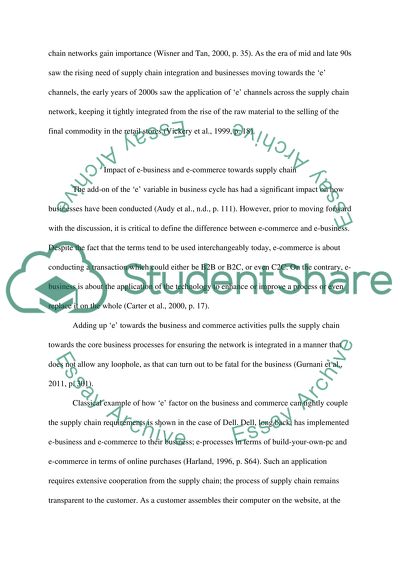Cite this document
(“Supply chain management Essay Example | Topics and Well Written Essays - 1500 words - 3”, n.d.)
Retrieved from https://studentshare.org/environmental-studies/1412322-supply-chain-management
Retrieved from https://studentshare.org/environmental-studies/1412322-supply-chain-management
(Supply Chain Management Essay Example | Topics and Well Written Essays - 1500 Words - 3)
https://studentshare.org/environmental-studies/1412322-supply-chain-management.
https://studentshare.org/environmental-studies/1412322-supply-chain-management.
“Supply Chain Management Essay Example | Topics and Well Written Essays - 1500 Words - 3”, n.d. https://studentshare.org/environmental-studies/1412322-supply-chain-management.


